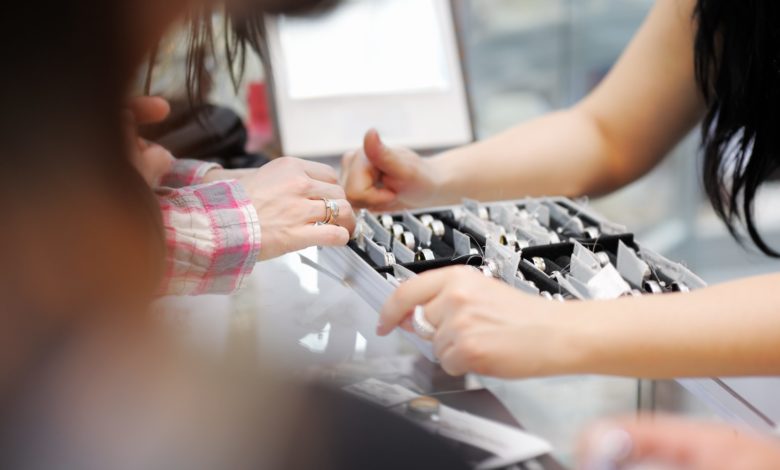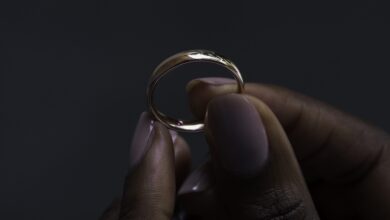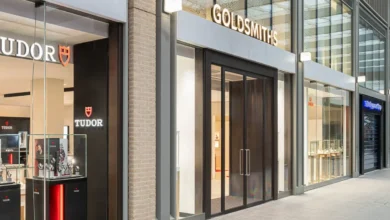Selling tips: Where is the manager?

Register to get 1 free article
Reveal the article below by registering for our email newsletter.
Want unlimited access? View Plans
Already have an account? Sign in
So, where are they? Where they usually are, in the back. This is one of the problems that aggravates jewellers the most. One jeweller I have met was so perplexed he even found some humor in it by saying: “Leonard, if my store was a ship it would capsize.”
Owners have a right to be concerned. Their store cannot produce enough sales when everyone is in the back. Jewellers have told me that no matter what they tell their salespeople, they still congregate and huddle in the back of the shop. I know they are right because that is what I see most of the time when I walk through a shopping centre and look into jewellery stores. In fact I see the same thing when walking by free standing jewellers shops.
How does this look to your customers? Like an empty store – because they see no salespeople. Remember, you only get one glance from a customer walking by. How much could that cost you? Plenty. They may never come by again because your store was not the least bit inviting.
How does this start? It starts with the manager. When he/she goes to the back of the store, so do the rest of the salespeople. In most stores that is where you will find the manager. If the manager has an office it is even worse, because then they cut themselves off completely from the store. When they are in the office, managers are 100 percent ineffective. They no idea what is going on and sales are leaking out of the store. That is why I tell jewellers never to put in an office for a manager unless it is open and in full view of the shop floor and then, only when absolutely necessary.
To cure this problem here is what I recommend store owners do. Before the shop opens, have everyone stand outside. Then, go to the back of the store and shuffle some paperwork. Do this for about 30 seconds and make all the salespeople stand outside and watch. Then, come out front and ask them: “How inviting would this be to you if you were a customer and walking by? Would you stop? This gets the message across and should be repeated until it stops.
Where should the manager be? In front of the store. Where should the manager’s daily paperwork be? In the front of the store. Now you may wonder how can that be? Very easy. The manager should have the day-to-day paperwork in a drawer up front. If you are designing new showcases, make sure there is a file drawer for the manager too. By keeping the necessary paperwork up front, the manager will stay up front. The next thing is to make sure there is also a phone. There is no reason for the manager to always go to the back for a phone call or to look something up.
When I moved my office to the front of my shop, which was a large shopping centre premises, everything good happened. My sales went up 35 percent and the store sales went up 25 percent. My sales increased because I was there to observe and assist in a sale that I knew was in trouble and the customer was about to walk out the store. I was also there for turnovers.
I found my salespeople rarely asked for assistance unless I was nearby, meaning six to eight feet. It will not happen if your manager is in the back of the store. I found my salespeople would call me over and show the diamond ring their customer was thinking of buying. Then, I would make a subtle closing remark such as: “Mrs. Smith, you have on a very brilliant diamond, one you will treasure for many years.”
Once I started doing this, everyone was asking me to come over when they needed assistance and the need for a complete takeover came to a halt. Their sales increased because I was out on the floor waiting on more customers which kept the salespeople up front. They wanted to observe me and pick up more selling techniques. My salespeople told me it was very motivating to have me up front all the time. That’s when it dawned on me that the real job of a manager is to motivate, train, show by example and most of all, help close sales.
Where should a salesperson be? If I was a salesperson, I would anchor myself at the front and greet everyone who came in with enthusiasm and a big smile. If they said they were going to the repair department, I would stop them right there and take the repair in myself. Most salespeople motion them to the back of the store waiting for a ‘real customer’. That is one of the differences between a clerk and a professional salesperson. Professional salespeople consider repair customers real customers because they know how to create a sale from a repair. The clerk is either afraid to try or just simply lazy. Professional salespeople always outsell the others.
When should a salesperson go to the back of the store? Whenever it is not busy up front, to get something, or take a break. The best reason is to see if there is a customer at the repair department and go back there and try to create a sale. There are many golden opportunities and during slow days a good percentage of the sales were ones I created from repairs. A costly mistake salespeople make is to go to the back of the store when a salesperson is waiting on a customer leaving them alone. There is no one to assist them if they need a piece of jewellery from the window, or in another part of the store. This also poses a security risk leaving a salesperson alone up front. An ex-jewellery thief once told me he looked upon that as a golden opportunity.
Standing around in the store waiting for something to happen is what a clerk does. Being up front with a smile and making the store inviting is what a professional salesperson does, and you can too.
This feature first appeared in the April 2014 of Jewellery Focus.







